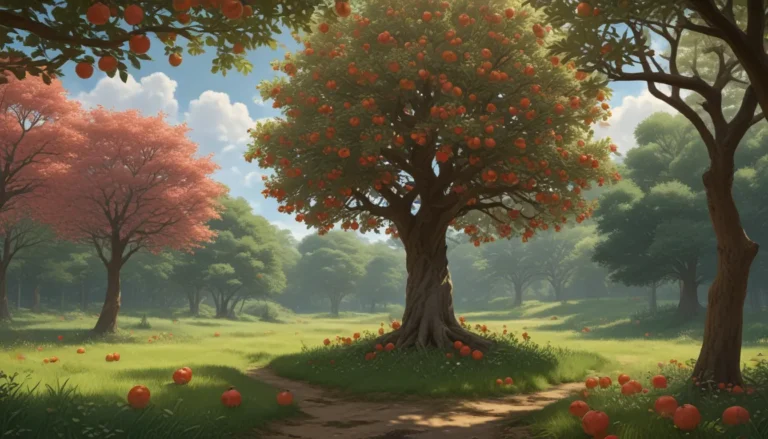Understanding Hellebore Black Death: A Complete Guide

When you hear the term “black death,” your mind might immediately jump to thoughts of the historical bubonic plague. However, in the world of horticulture, black death refers to a fatal viral disease that affects the beautiful winter-blooming hellebore flowers.
Hellebores are beloved for their elegant winter blooms that add a pop of color to the barren landscapes of January and February. These herbaceous perennials are typically low-maintenance and can return year after year to grace your garden.
In this comprehensive guide, we will delve into the world of hellebore black death, exploring its recent origin, symptoms, and how to prevent its spread in your garden.
Recent Discovery of Black Death
The symptoms of hellebore black death were first identified in continental Europe and the United Kingdom in the early 1990s. Since then, the disease has spread to the US, New Zealand, and Japan, likely through infected nursery stock.
The discovery of this lethal disease in the US occurred in 2000 at a nursery in Washington State. Scientists later identified the cause of the symptoms as a new viral disease known as the Helleborus net necrosis virus (HeNNV), classified as a Carlavirus.
HeNNV is primarily spread by aphids, whiteflies, and contaminated gardening tools, making it essential to remain vigilant in preventing its transmission in your garden.
Symptoms of Hellebore Black Death
Hellebore black death primarily affects older plants, with symptoms typically appearing on newly emerging foliage and flowers. The most distinctive sign of this viral infection is the presence of black streaks on the leaves and the main stem of the infected plant.
Other symptoms to watch out for include:
- Black streaks on flower bracts
- Ring spots on petioles and bracts
- Brittle, severely stunted brown to black new growth
- Blackened leaf veins
It is crucial to differentiate hellebore black death from other diseases such as fungal black spot, as early detection can make a significant difference in containing the spread of the virus.
How to Limit the Spread of Hellebore Black Death
While HeNNV exclusively affects hellebores and not other plant species, it is essential to prevent the disease from spreading within your garden. Aphids, particularly the hellebore aphid Macrosiphum hellebori, have been identified as potential vectors for the HeNNV virus.
To mitigate the spread of the disease, consider the following preventive measures:
- Implement good gardening practices such as disinfecting tools between uses
- Remove and dispose of infected plants immediately
- Avoid composting infected plant material
By remaining vigilant and taking proactive steps to control aphids and other potential vectors, you can safeguard your garden from the devastating effects of hellebore black death.
The Impact of Hellebore Black Death
Fortunately, hellebore black death remains relatively rare in home gardens compared to commercial nurseries and public display gardens. However, due to its contagious nature and lack of a cure, infected plants must be promptly removed to prevent further spread of the disease.
Have you encountered hellebore black death in your garden? Share your experiences in the comments below.
For more insights on growing hellebores and enhancing your garden, consider exploring the following guides:
- How to Grow Hellebores: A Winter-to-Spring Sensation
- The Diverse World of Hellebores: 6 Unique Varieties to Admire
- A Guide to Dividing and Transplanting Hellebores
Together, we can protect our gardens and ensure the continued beauty of hellebore flowers for seasons to come.





